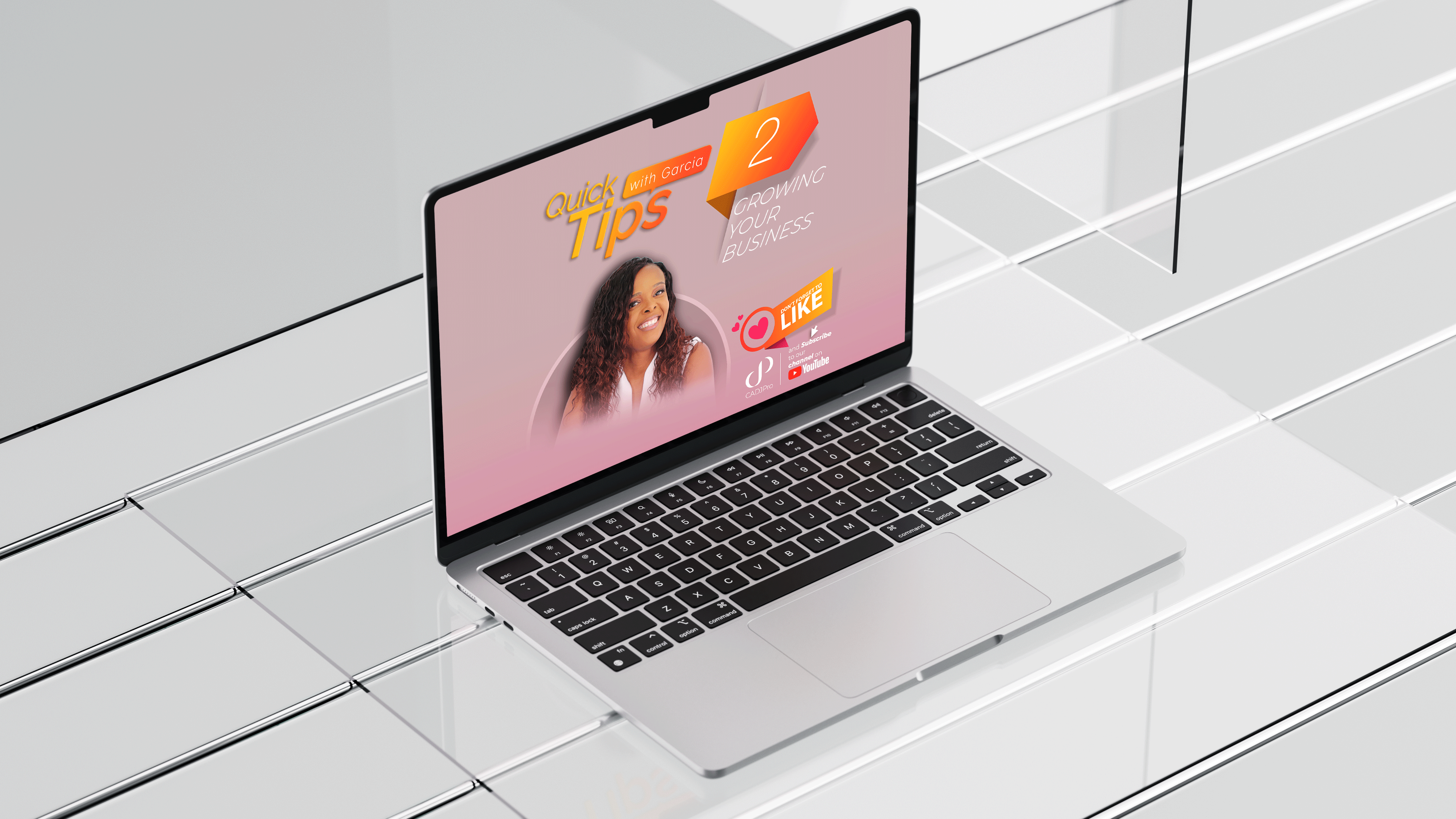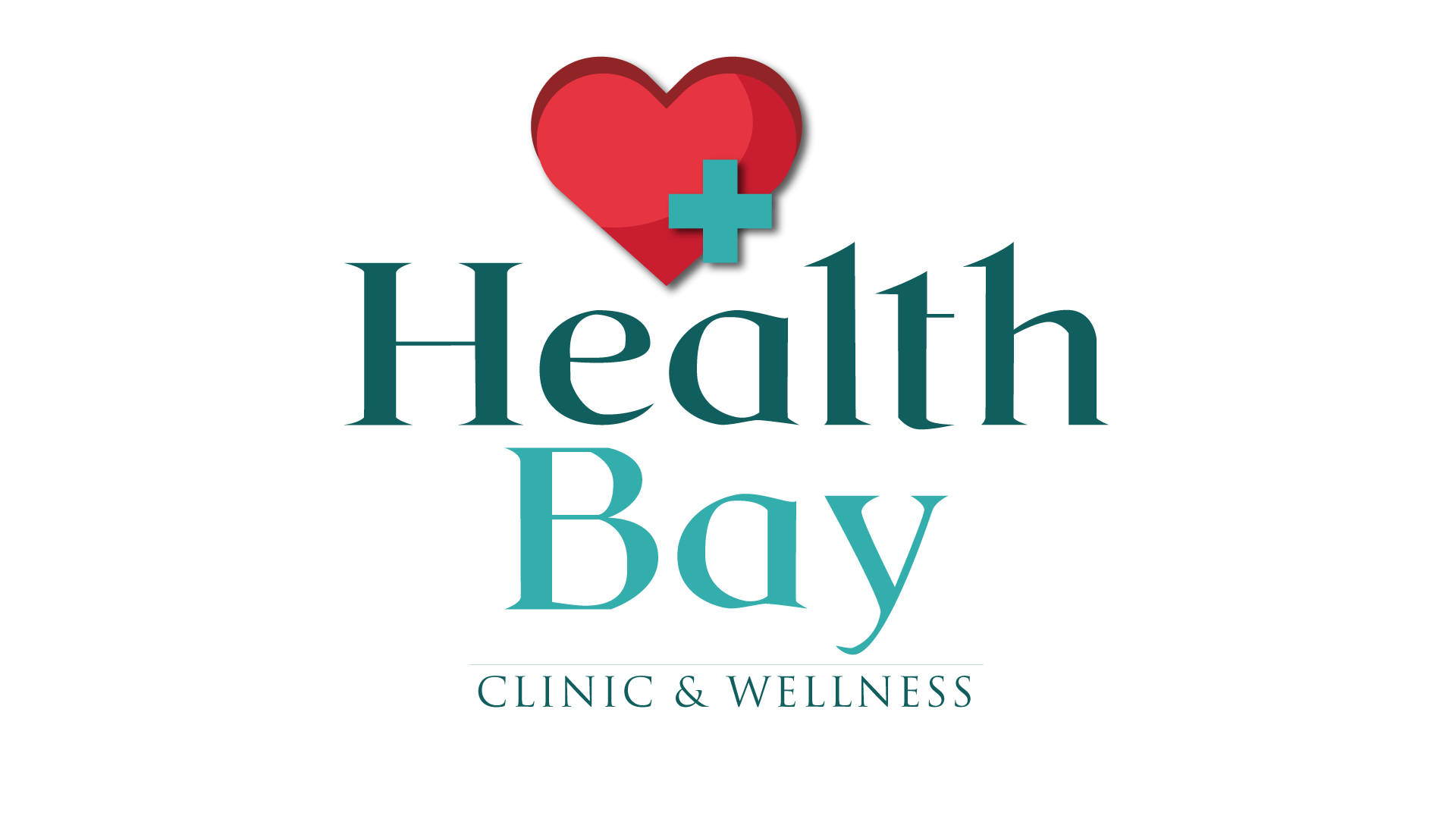Impact: Made a complex proposal clear and compelling by unifying visuals and data. We contributed to the NGAN EXCEL STEM education proposal by crafting a cohesive identity and clear infographics.
The new STEAM logo borrows NGAN’s core colors and shapes but adds innovative elements to reflect the program’s creative and interdisciplinary focus.
All proposal slides and charts employ a consistent, clean style, so information flows logically. By simplifying data into easy-to-read graphs and consistent typography, we enhanced the document’s clarity and credibility, improving stakeholder engagement
Project Overview
The NGAN STEAM Initiative was conceived as a community-driven education project. Its goal was to expand access to STEM + Arts learning in underserved regions while offering wraparound social services (e.g., health screenings, career counseling, and arts programs). The mission combined a rigorous STEAM curriculum (coding, robotics, environmental science, digital arts, etc.) with cultural and support programming, creating a one-stop “STEAM hub” for youth and families. The intended audience included elementary and secondary students (with outreach to teachers and parents) in rural and low-income urban communities. Program elements were gender-inclusive and bilingual, designed to resonate with local culture. In sum, NGAN STEAM sought to empower students with 21st-century skills and address social needs under a unified brand and mission.
‣ Client: NGAN EXCEL STEM.
‣ Role: Lead Designer.
‣ Services: Logo design, brand identity, print design, and data visualization.
‣ Tools: Adobe Illustrator, InDesign, and Photoshop.
‣ Role: Lead Designer.
‣ Services: Logo design, brand identity, print design, and data visualization.
‣ Tools: Adobe Illustrator, InDesign, and Photoshop.
DESIGN CHOICES: We crafted a visual and spatial identity to reinforce NGAN STEAM’s dual focus on innovation and community. A bright, optimistic color palette (teal, amber, and green) was chosen to suggest technology, creativity, and growth. The logo merged a stylized gear (science/engineering) with a tree motif (education/growth) and subtle indigenous patterns, connecting high-tech themes to local culture.
Typography is clean and accessible (modern sans-serifs) to improve readability for young audiences. In architectural renderings, the facility layout was open and flexible: multi-use STEAM labs with movable workbenches, an art studio with large windows for natural light, and a communal hall for events. Accent walls would feature student artwork and brand colors, creating a cohesive look indoors and out.
Presentation flow was structured to tell a clear story: starting with the mission and impact goals, then showcasing brand assets (logo, palette), followed by sample wayfinding signs, mockups of branded materials, and finally program layouts. This ensured every graphic and spatial element reinforced NGAN STEAM’s identity.
Strategy: Our strategic positioning emphasized NGAN STEAM’s multi-faceted value to funders, partners, and communities. We pitched it as an innovation-driven community development program: by linking education directly to workforce outcomes, we showed it addressed skills and employment challenges. Backed by research, the proposal highlighted that countries with strong STEM-capable workforces see higher growth and competitiveness, and that incubator-based programs have generated extra jobs and startups
Lessons: Several key lessons emerged during proposal development. First, stakeholder engagement proved crucial. In hindsight, earlier co-design sessions with local educators and parents would have smoothed alignment and ensured cultural fit. We learned that awareness campaigns are important, as experts recommend, targeted community outreach and school partnerships strengthen STEM programs. The postponement of the project also taught the value of agile planning: bundling the full vision upfront risked overwhelming funders, so a phased approach (e.g., starting with pop-up STEAM fairs or mobile labs) may be more realistic initially. Logistical realities became clearer: for example, we noted that many schools lack reliable power and labs, so the proposal included solar backup and lab setups. In sum, the process reinforced that success depends on clear metrics and local buy-in. Future iterations will emphasize measurable outcomes (test scores, participation rates) and maintain flexibility to adapt to on-the-ground needs.
Quick Stats
‣ Facilities: 15,000 sq ft total (two learning centers) with 4 science labs, 2 maker spaces, art studio, computer lab, and a multipurpose hall.
‣ Programs: 8 core STEAM workshops (robotics, coding, agro-innovation, etc.) plus 5 monthly community workshops (literacy, health, career days).
‣ Staffing: 20 dedicated staff (12 STEM instructors, 4 arts facilitators, 2 counselors, 2 program coordinators). In addition, annual “train-the-trainer” sessions will build capacity for 50+ local teachers.
‣ Reach: Year 1 target: 300 students engaged in full-time afterschool programs; 1,000+ youth reached through outreach events. Aim for 60% female participation and inclusion of children with disabilities.
‣ Budget: $4M over 5 years (covering construction, equipment, personnel, and operations). Funds are phased (e.g., $1.2M capital expenses, $2.8M program costs).
‣ Facilities: 15,000 sq ft total (two learning centers) with 4 science labs, 2 maker spaces, art studio, computer lab, and a multipurpose hall.
‣ Programs: 8 core STEAM workshops (robotics, coding, agro-innovation, etc.) plus 5 monthly community workshops (literacy, health, career days).
‣ Staffing: 20 dedicated staff (12 STEM instructors, 4 arts facilitators, 2 counselors, 2 program coordinators). In addition, annual “train-the-trainer” sessions will build capacity for 50+ local teachers.
‣ Reach: Year 1 target: 300 students engaged in full-time afterschool programs; 1,000+ youth reached through outreach events. Aim for 60% female participation and inclusion of children with disabilities.
‣ Budget: $4M over 5 years (covering construction, equipment, personnel, and operations). Funds are phased (e.g., $1.2M capital expenses, $2.8M program costs).
Design Process & Decisions
• Research & Discovery: Conducted community surveys and interviews to identify needs (e.g. limited digital access, desire for art and tech programs). Studied regional education reports and existing NGO efforts.
• Research & Discovery: Conducted community surveys and interviews to identify needs (e.g. limited digital access, desire for art and tech programs). Studied regional education reports and existing NGO efforts.
• Ideation: Developed concept boards combining technology symbols (circuits, gears) with local patterns and art imagery. Brainstormed names and taglines that communicated growth and inclusion. Created multiple logo sketches.
• Prototyping: Generated mockups of the logo and stationery (brochures, banners) and 3D diagrams of the building floor plan. Sample color palettes and typography sets were refined.
• Feedback & Iteration: Presented drafts to NGAN leadership and a focus group of teachers/parents. Incorporated feedback (e.g., adjusted icon to include indigenous motifs, simplified signage text for clarity). Repeated cycles until a cohesive set of designs emerged.
• Visual Integration: Applied the finalized identity across media: designed uniform templates for presentations and reports, signage for each facility area, and layouts for social media and print outreach. Ensured a consistent brand voice in copy (supportive, aspirational).
• Accessibility & Inclusion: Prioritized inclusive design (e.g., high-contrast text, icons for non-readers, spaces for wheelchair access). Added features like gender-neutral restroom signage and visual wayfinding cues. These were deliberate choices to make STEAM welcoming for all.
Key Outcomes & Lessons
‣ Delivered Assets: Produced a complete brand identity and communications package (logo, style guide, templates) ready for deployment. Detailed program visuals (floor layouts, curriculum schematics) serve as blueprints.
‣ Structure & Alignment: Established a coherent program framework (educational model, staffing plan, partnerships) that stakeholders can adopt when re-launching. My role as lead designer ensured that visual storytelling and impact goals were tightly aligned.
‣ Challenges: Coordinating cross-sector partners (NGAN, schools, sponsors) proved complex; we learned to streamline decision points and clarify roles. The project’s postponement highlighted the need for contingency planning around funding and timelines.
‣ Value of Systems Thinking: Building the proposal reinforced the power of a systems-based approach: consistent visuals and messaging across media strengthened the narrative, and planning education, facilities, and services together created a compelling “whole” that stakeholders found credible.
‣ Looking Forward: To revive the initiative, we recommend a phased pilot (e.g. mobile STEAM labs or in-school STEAM days) to demonstrate impact and gather data. This would address infrastructure gaps (four out of five local schools lack labs) and build momentum. Maintaining the cohesive brand and curriculum design from this proposal will help rapidly scale once funding resumes. Ultimately, the groundwork laid here – a ready-to-go strategy and design system, positions NGAN STEAM for future success when opportunities align.





